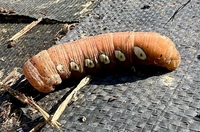
| Recorded by: Stephen Dunn on 2025-09-22
Chatham Co.
Comment: | 
| Recorded by: Dan Helm and Summit School 5th Graders on 2025-09-09
Forsyth Co.
Comment: |
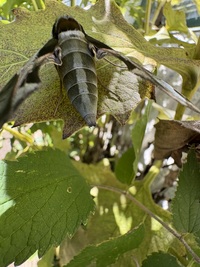
| Recorded by: Dan Helm and Summit School 5th Graders on 2025-09-09
Forsyth Co.
Comment: | 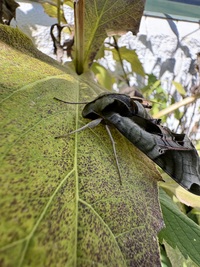
| Recorded by: Dan Helm and Summit School 5th Graders on 2025-09-09
Forsyth Co.
Comment: |

| Recorded by: Simpson Eason on 2025-08-23
Durham Co.
Comment: | 
| Recorded by: Guy Rehm on 2025-08-19
Rowan Co.
Comment: |
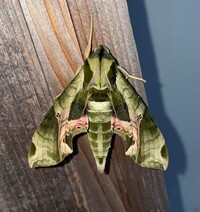
| Recorded by: K. Bischof on 2025-08-11
Yancey Co.
Comment: | 
| Recorded by: Taylor Rauschenberg on 2025-08-06
Gaston Co.
Comment: |
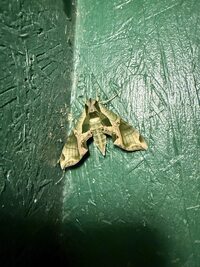
| Recorded by: Lex Valentine on 2025-07-31
Cumberland Co.
Comment: | 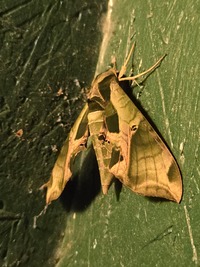
| Recorded by: Lex Valentine on 2025-07-31
Cumberland Co.
Comment: |
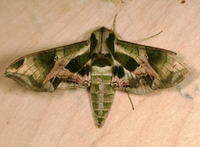
| Recorded by: Jim Petranka and Becky Elkin on 2025-07-29
Madison Co.
Comment: | 
| Recorded by: Cande Killian Wood on 2025-07-21
Hyde Co.
Comment: |

| Recorded by: David George, Jeff Niznik on 2025-07-20
Moore Co.
Comment: | 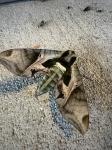
| Recorded by: A. Kauppila on 2025-06-18
Burke Co.
Comment: |

| Recorded by: Mark Basinger on 2024-08-03
Mitchell Co.
Comment: | 
| Recorded by: R. Newman on 2024-07-18
Carteret Co.
Comment: |
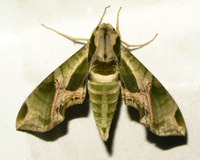
| Recorded by: Owen McConnell on 2024-07-07
Graham Co.
Comment: | 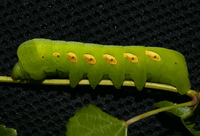
| Recorded by: David George, Jeff Niznik on 2024-07-06
Orange Co.
Comment: |
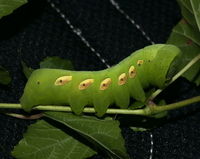
| Recorded by: David George, Jeff Niznik on 2024-07-06
Orange Co.
Comment: | 
| Recorded by: K. Bischof on 2024-07-02
Transylvania Co.
Comment: |

| Recorded by: K. Bischof on 2024-07-02
Transylvania Co.
Comment: | 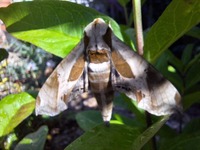
| Recorded by: Tina Fulcher on 2024-06-08
Davidson Co.
Comment: |
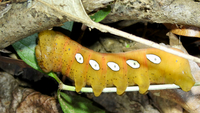
| Recorded by: tom ward on 2023-09-16
Buncombe Co.
Comment: | 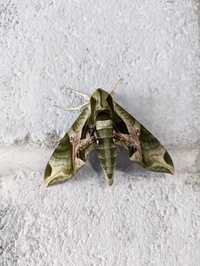
| Recorded by: Jeremiah Edwards on 2023-08-22
Durham Co.
Comment: |
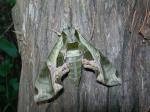
| Recorded by: R. Newman on 2023-08-13
Carteret Co.
Comment: | 
| Recorded by: Dean Furbish on 2023-08-08
Wake Co.
Comment: |

| Recorded by: Michael P. Morales on 2023-07-28
Cumberland Co.
Comment: | 
| Recorded by: Michael P. Morales on 2023-07-28
Cumberland Co.
Comment: |
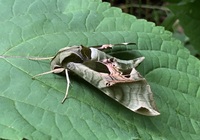
| Recorded by: Becky Elkin, Jim Petranka, Tony McBride on 2023-07-23
Buncombe Co.
Comment: | 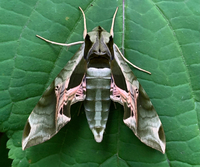
| Recorded by: Becky Elkin, Jim Petranka, Tony McBride on 2023-07-23
Buncombe Co.
Comment: |
|

 »
»
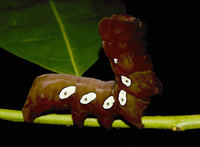
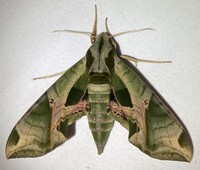

 »
»

